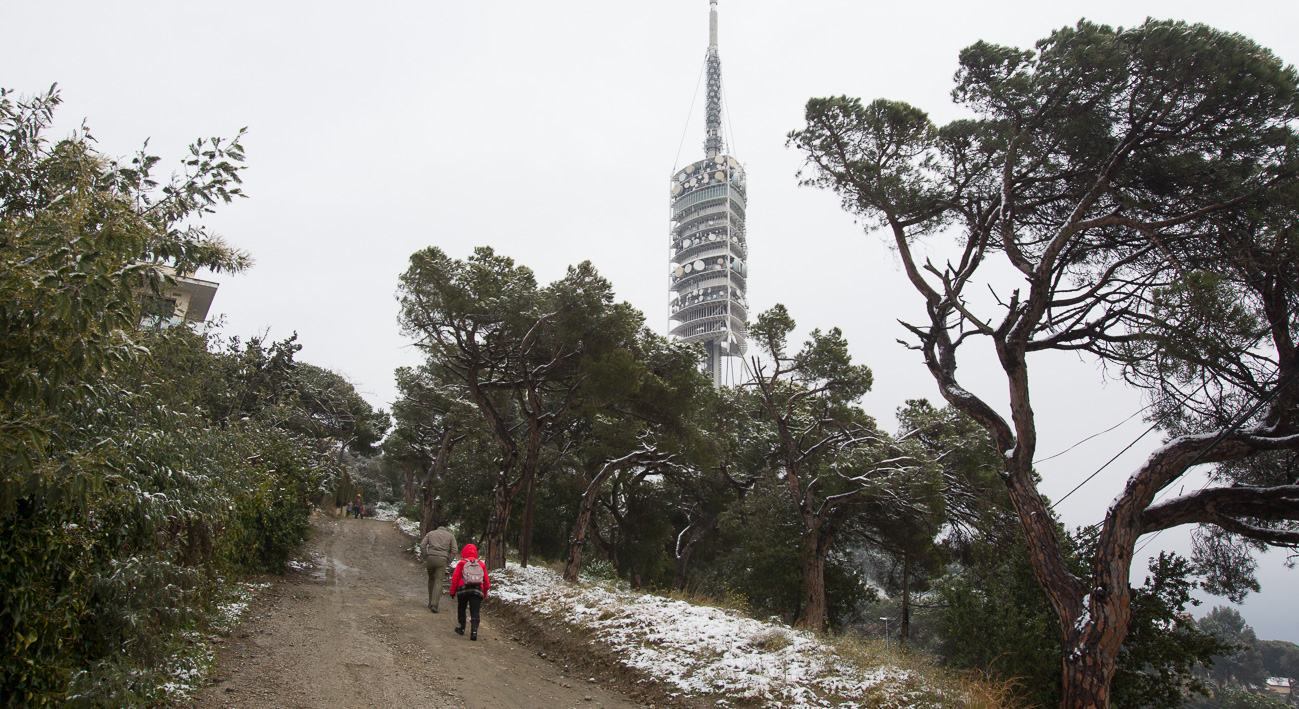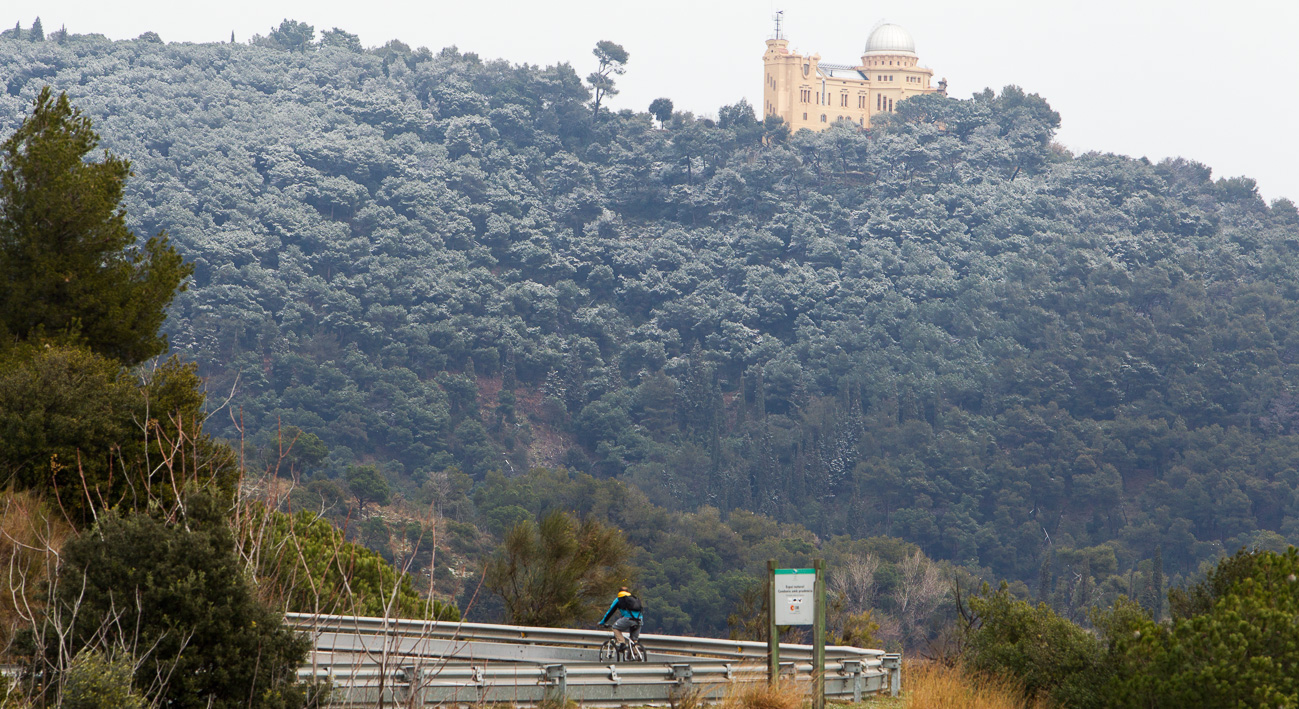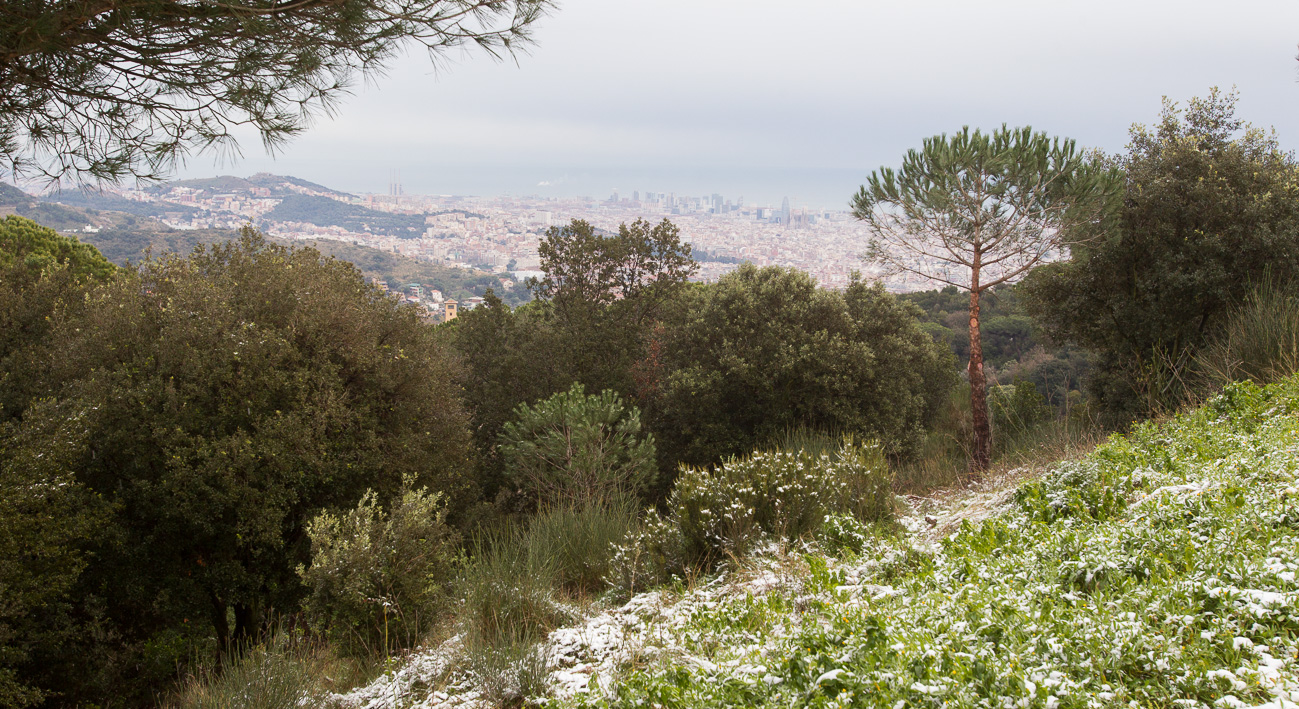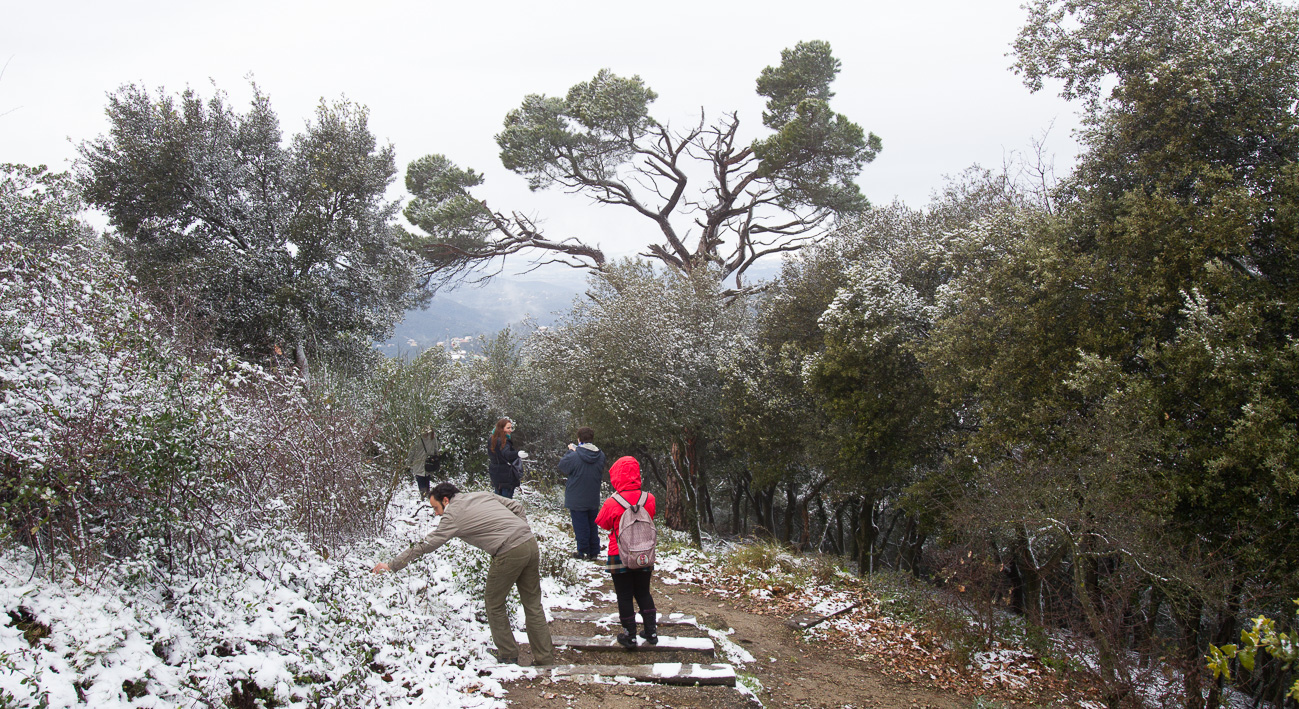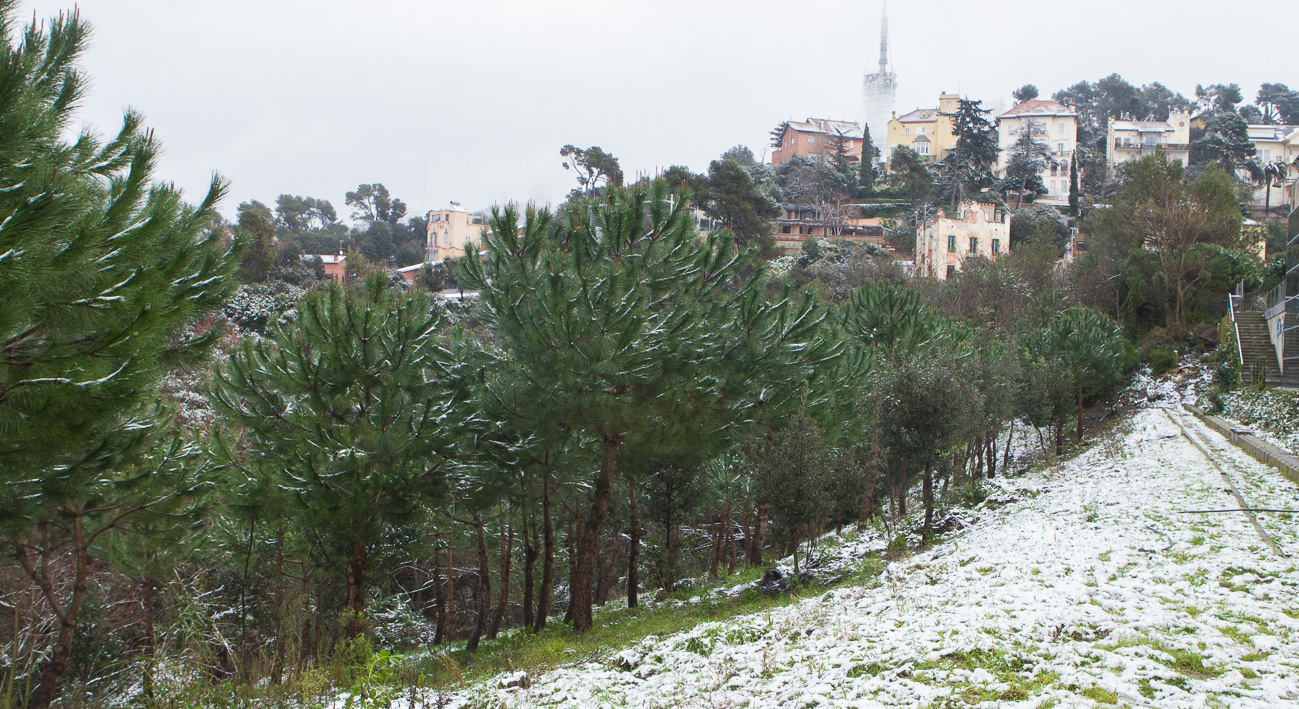In the case of a dense and compact city such as Barcelona, finding large green spaces is an added difficulty. This lends even more value to the more than 8,000 hectares of Collserola Park. The park’s presence ensures quality of life for Barcelona’s residents but its maintenance poses a challenge.

History
The Collserola range was declared a nature park in November 2010, when the decree declaring the area to be a protected space was published in the The Official Journal of the Generalitat of Catalonia. It is managed by the Collserola Park Consortium.

